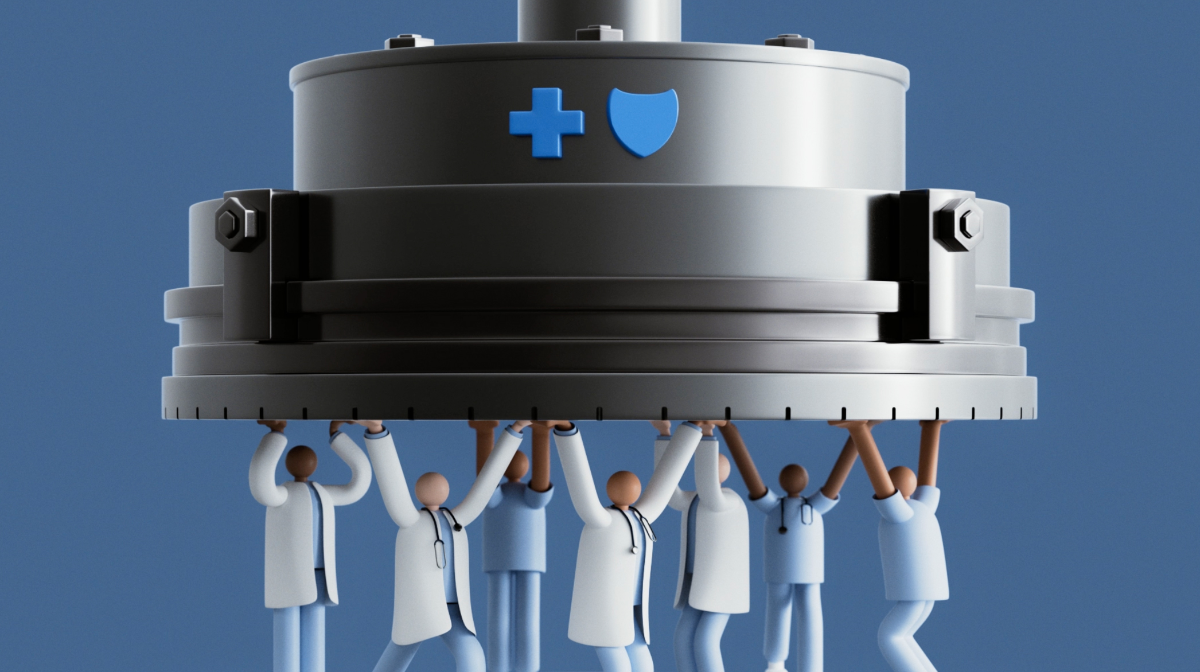Denied. STAT.
There is one immense barrier standing between patients and their healthcare provider – commercial healthcare insurers.
The time for outrage is over.
The time for action is now.
Your Pain,
Their Gain
Get
Informed

‘Ghost networks’ are harming patients, but attempts to eliminate them have fallen short
NBC News

Medicare, Inc. Part 2: Taxpayers Paid for Care Denied by Insurers
The Wall Street Journal

Medicare, Inc. Part 1: How Insurers Make Billions From Medicare
The Wall Street Journal

22-year-old dies after being unable to afford asthma inhaler
NBC News

Health Care: “Slow Pay, Low Pay or No Pay”
ProPublica.org
Demand
Answers
Raise Your
Voice
Contact your elected state and federal representatives to express your support for your local hospital.
Don’t know what to say?
To help you get started, below are some helpful talking points you can personalize to express your concern.
Dear [Elected Official’s Name],
My local hospital [name] plays a vital role in providing essential medical services to our local neighborhoods. It is the primary healthcare resource for me and my family. I’m concerned [hospital name] faces significant challenges that threaten its sustainability and the health and well-being of our community.
As your constituent, I urge you to support and protect [hospital name] and other local hospitals and ensure accessible healthcare for all Americans.
I’m confident your leadership and dedication to the well-being of our constituents will drive positive change on this critical issue. I hope you will prioritize this matter and work toward enacting legislation and policies to safeguard local hospitals and prevent healthcare deserts.
Thank you for your attention to this urgent matter.
Sincerely,
[Your Name] [Your Address] [City, State, ZIP Code] [Email Address] [Phone Number]
Brought to you by
The Alliance for Access to Care
The Alliance for Access to Care supports healthcare professionals who provide essential medical services 24/7 to patients in our local communities. Alliance members include the American Hospital Association, Association of American Medical Colleges, Catholic Health Association, Healthcare Financial Management Association, and other health care providers and patient advocacy groups.
Visit us:
Click to share:
scroll

